Make User-Roles by using eloquent method with pivot-table in Laravel 9

Table of Contents
1:Introduction to roles
In many cases using laravel how could you define user's role like if my user has role customer then u may define is_role or role by column name in users table.
This works when your user has only single role but what if user has many roles like a user is a admin as well as customer , the option we have is to create a new user , but we have another option to attach many roles to a single user. we will make a function to attach different roles and call a function to get all users for role customer , in this example we will use Customer role.
2:Creating model and migration name Role
We will create a Model name Role and a migration file for creating table in database , in CMD or TERMINAL hit the folloeing command
command:Copy
This wiil create app/Models/Role.php and database/migrations/your timespan_create_roles_table.php files.
Inside database/migrations/your timespan_create_roles_table.php replace the following code
code:Copy
3:Run migration
After that now will create pivot table named user_roles where we use user_id and role_id as foreign key as following.
command:Copy
Also read:ACCESSOR AND MUTATOR IN LARAVEL 9
Inside database/migrations/your timespan_create_user_roles_table.php replace the following code , as shown we are using foreign keys user_id and role_id from refrence users and roles as pivot table , as shown we are inializing user_id and role_id as unsignedBigInteger and after we creating refrence of these keys user_id on users and role_id on roles.
migration code:.Copy
Also read:HOW TO MAKE TRAITS IN LARAVEL 9
Now run the followig command in your CMD and TERMINAL for creating roles and user_roles table
command: Copy

In user_roles Pivot table

4:Creating belongsToMany relation in User model
Inside app/Models/User.php we are defining roles() and hasRole() where roles() function is used to get the roles of a particular user from user_roles table and hasRole() function is used whether the user has a perticular role or not paste the following code
code for model: Copy
5:Creating customer role
Now we had creted Role model along with migration , so now we will create Customer role and after will create user Custtomer and attach the role.
In web.php file Copy
Route::get('/createRole', function () {
$role = new Role();
$role->name = 'Customer';
$role->slug = 'customer';
$role->save();
});
6:Creating user and attach customer role
This wiil create a new role name Customer in database table roles.
After that now will create a customer so use any url along with controller to create a user after creating user we will assign customer role to user by using attach , as it will attach the role customer from model function belongToMany.
code:Copy
now your user_roles look something like this , as this is the pivot table where we use user_id and role_id as foreign keys from users and roles.
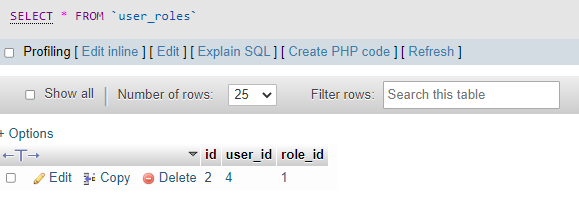
7:Get all customers users
Now we will get al the list of users having role Customer by getCustomer() , it will return all the users with role customer .
code:.Copy
8:Middleware for customer role
And to use the condition to check the role of the user in middleware or in any other file use this
code for middleware:Copy















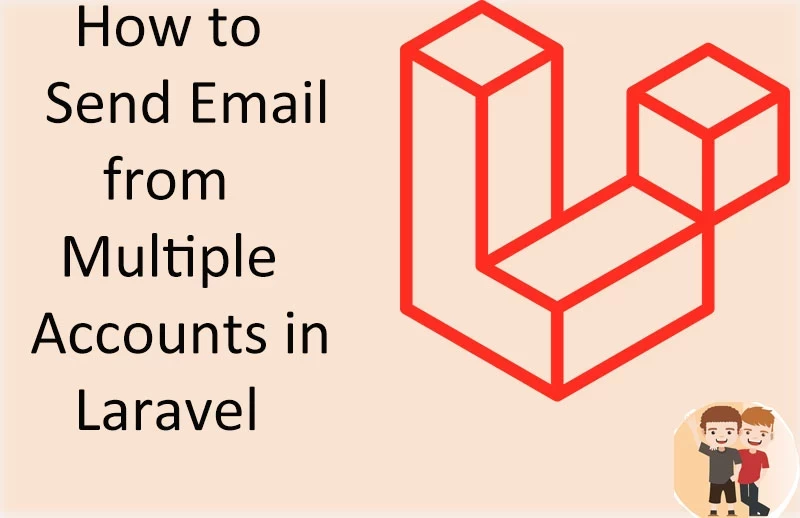


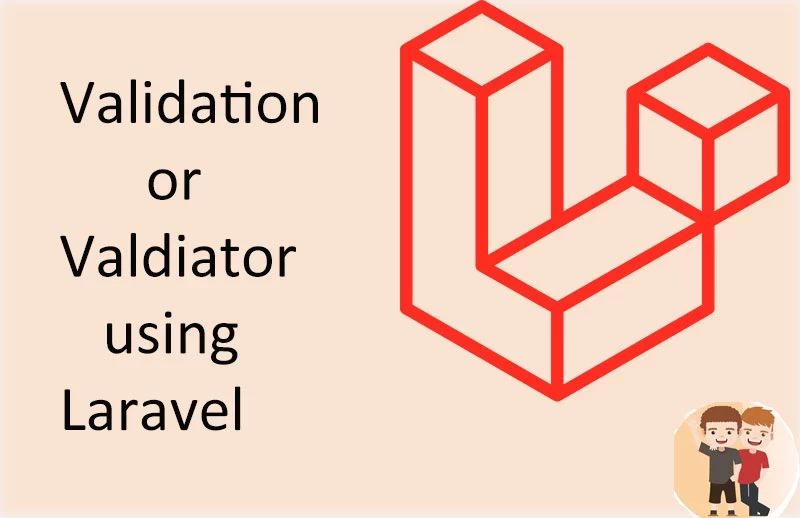


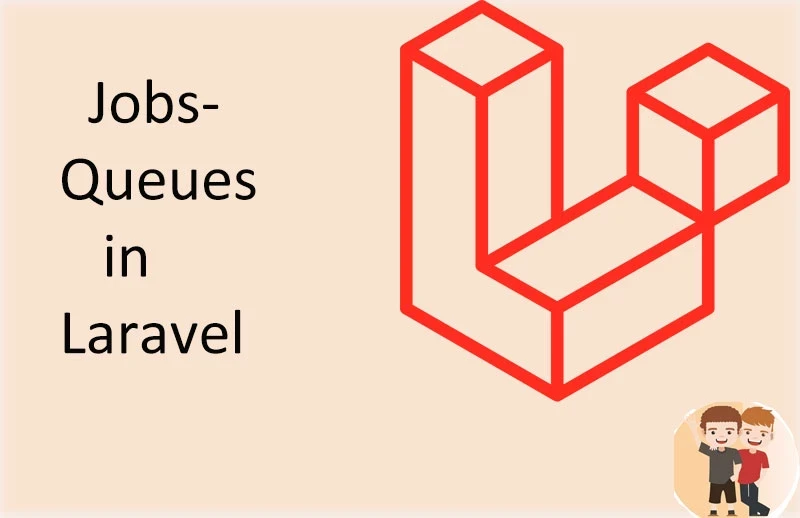

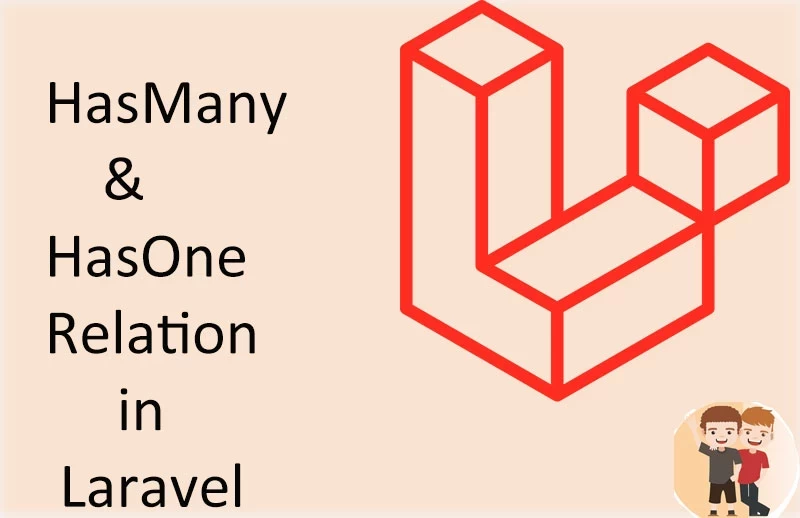
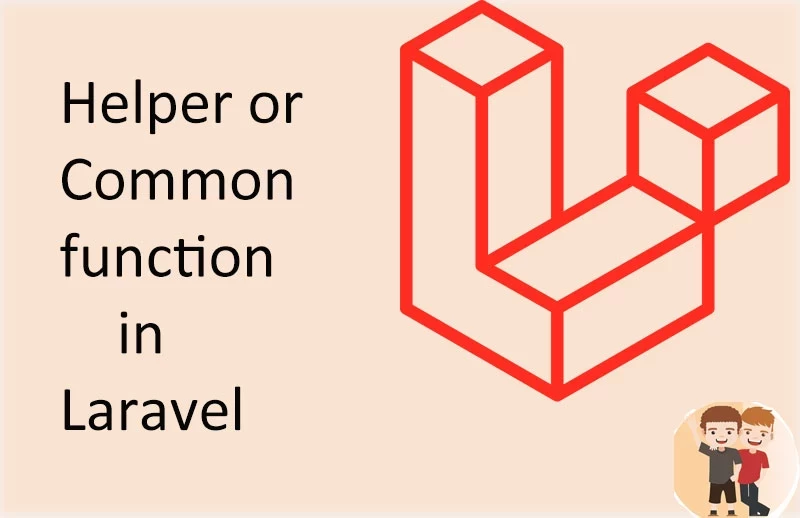

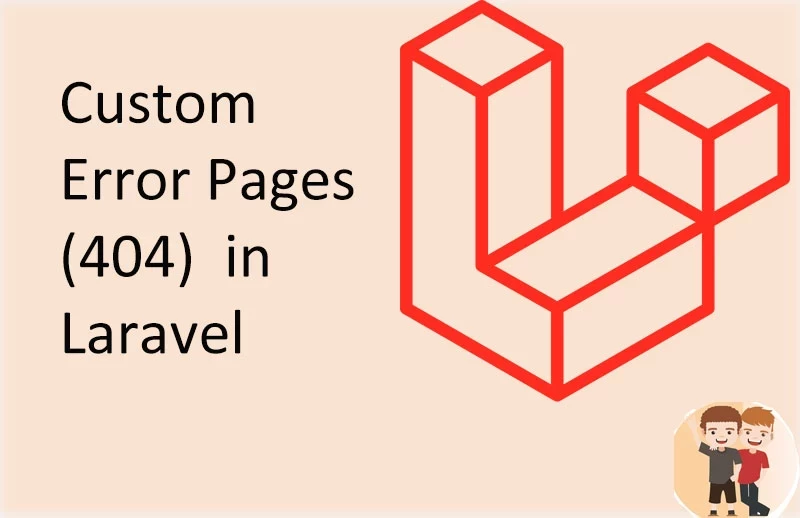
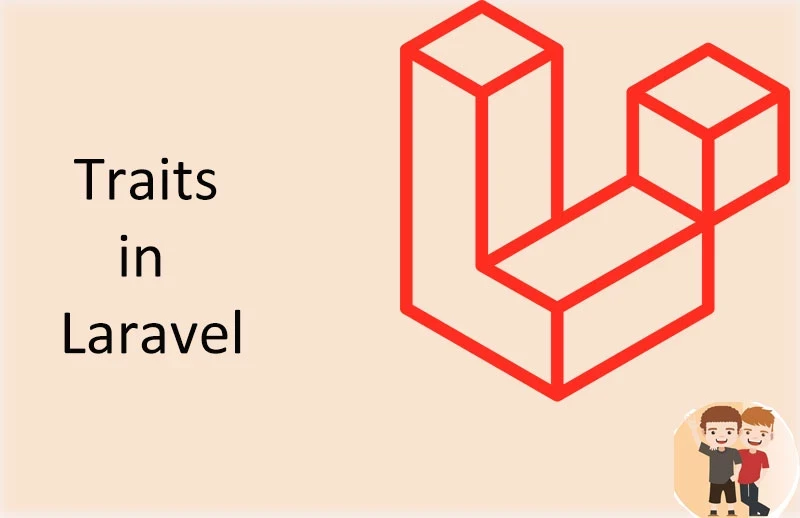


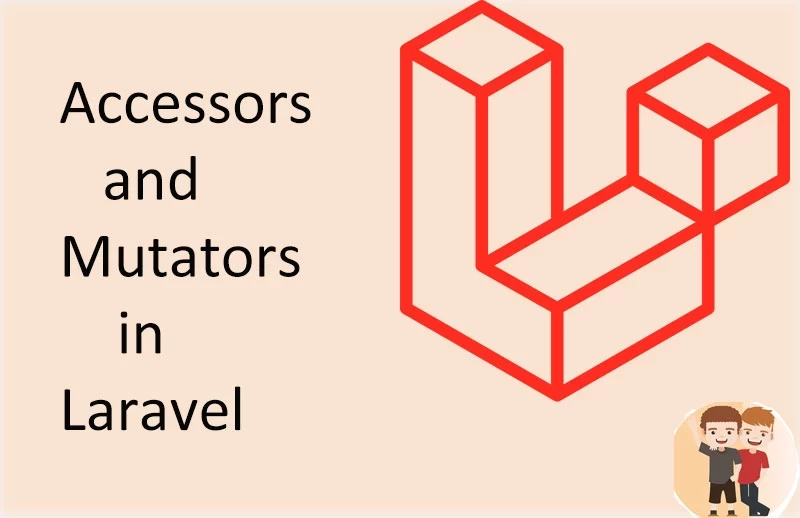












0 Comments (Please let us know your query)